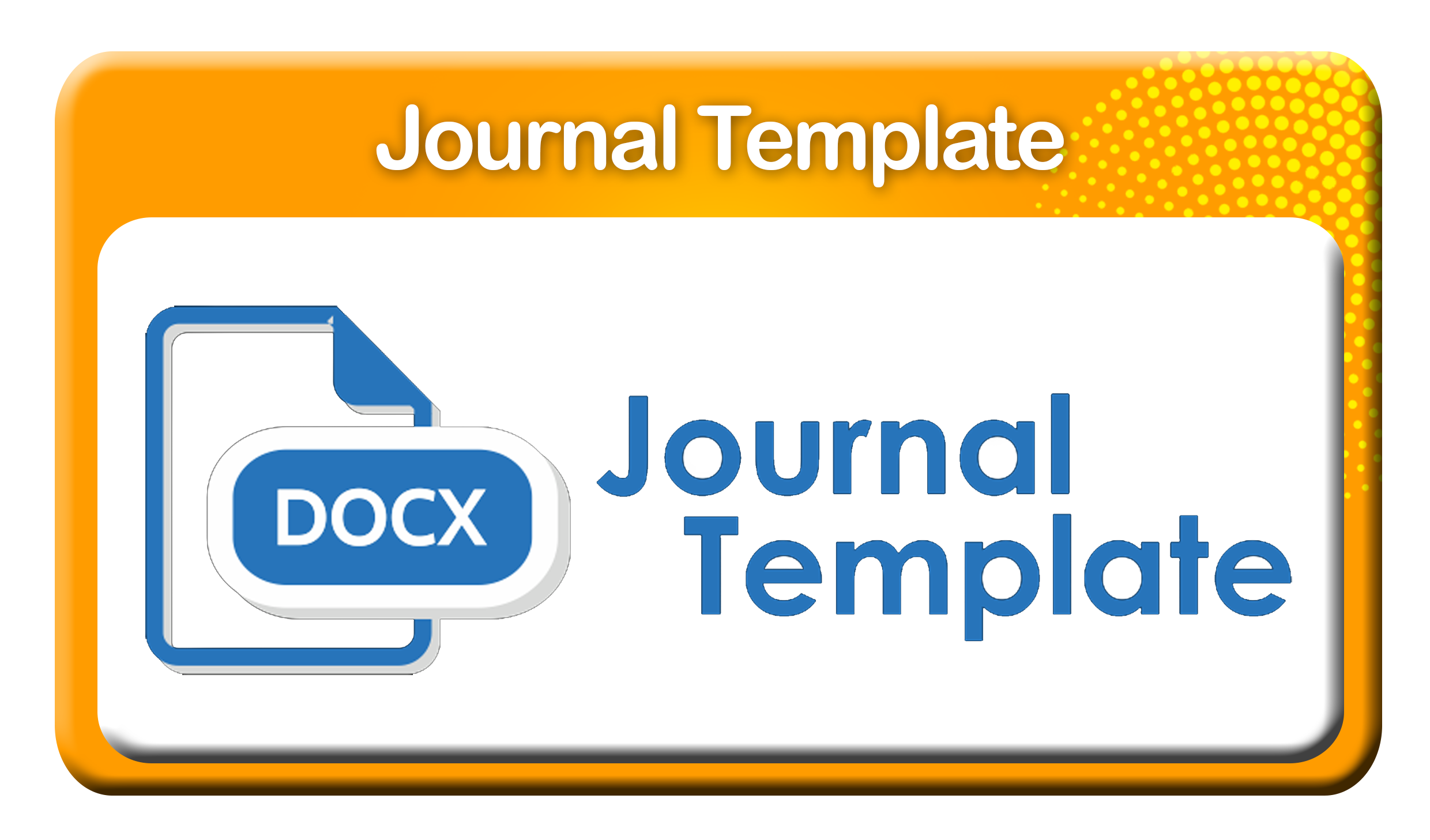RISK FACTORS OF OBESITY IN YOUNG ADULTS
DOI:
https://doi.org/10.29082/IJNMS/2024/Vol8/Iss2/598Keywords:
Lifestyle, Obesity, Physical activity, Sedentary lifestyle, Young AdultAbstract
Obesity is a developing global public health issue. Obesity is a significant risk factor for a variety of diseases, increasing morbidity and mortality from cardiovascular disease and Diabetes Mellitus. Since 1975, global obesity has nearly tripled, and Jakarta has the second-highest obesity rate in Indonesia. COVID-19 also contributed to this situation, as many young adults work from home. COVID-19 has an impact, such as an increase in the frequency of unhealthy eating and frequency of sitting, a decrease in physical activity, or irregular exercise, which can lead to obesity. This study aims to investigate the lifestyle risk factors associated with obesity in young adults in Jakarta. A cross-sectional design was conducted with convenience sampling of 384 respondents aged 26-35. Data was collected using an online questionnaire. Descriptive and statistical analysis was performed using chi-square. The finding revealed a significant relationship between physical activity, sedentary lifestyle, and genetics with obesity in young adults (p-value 0.004; 0.035; 0.001). Conclusion: Young adults can adopt a healthy lifestyle by increasing regular physical activity for at least 30 minutes daily and changing their sedentary lifestyle.
Downloads
Downloads
Published
Issue
Section
License
Authors who publish with IJNMS agree to the following terms
- Authors retain copyright licensed under a Creative Commons Attribution-ShareAlike 4.0 International License that allows others to share the work non-commercially with an acknowledgement of the work's authorship and initial publication in this journal.
- Authors are permitted and encouraged to post their work online (e.g., in institutional repositories or on their website) prior to and during the submission process, as it can lead to productive exchanges, as well as earlier and greater citation of published work (See The Effect of Open Access). Authors can archive pre-print and post-print or publisher's version/PDF.









_IJNMS.png)






